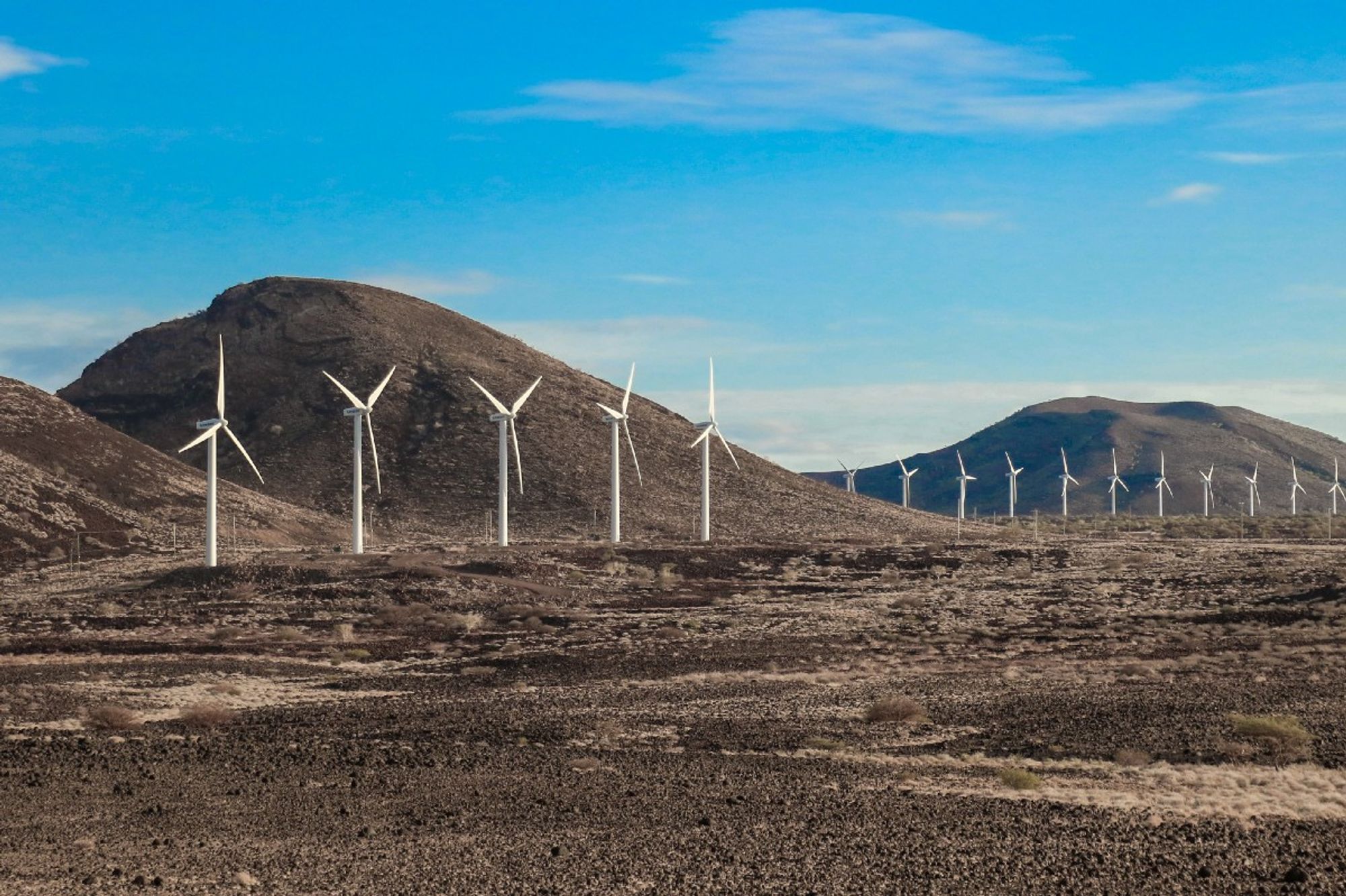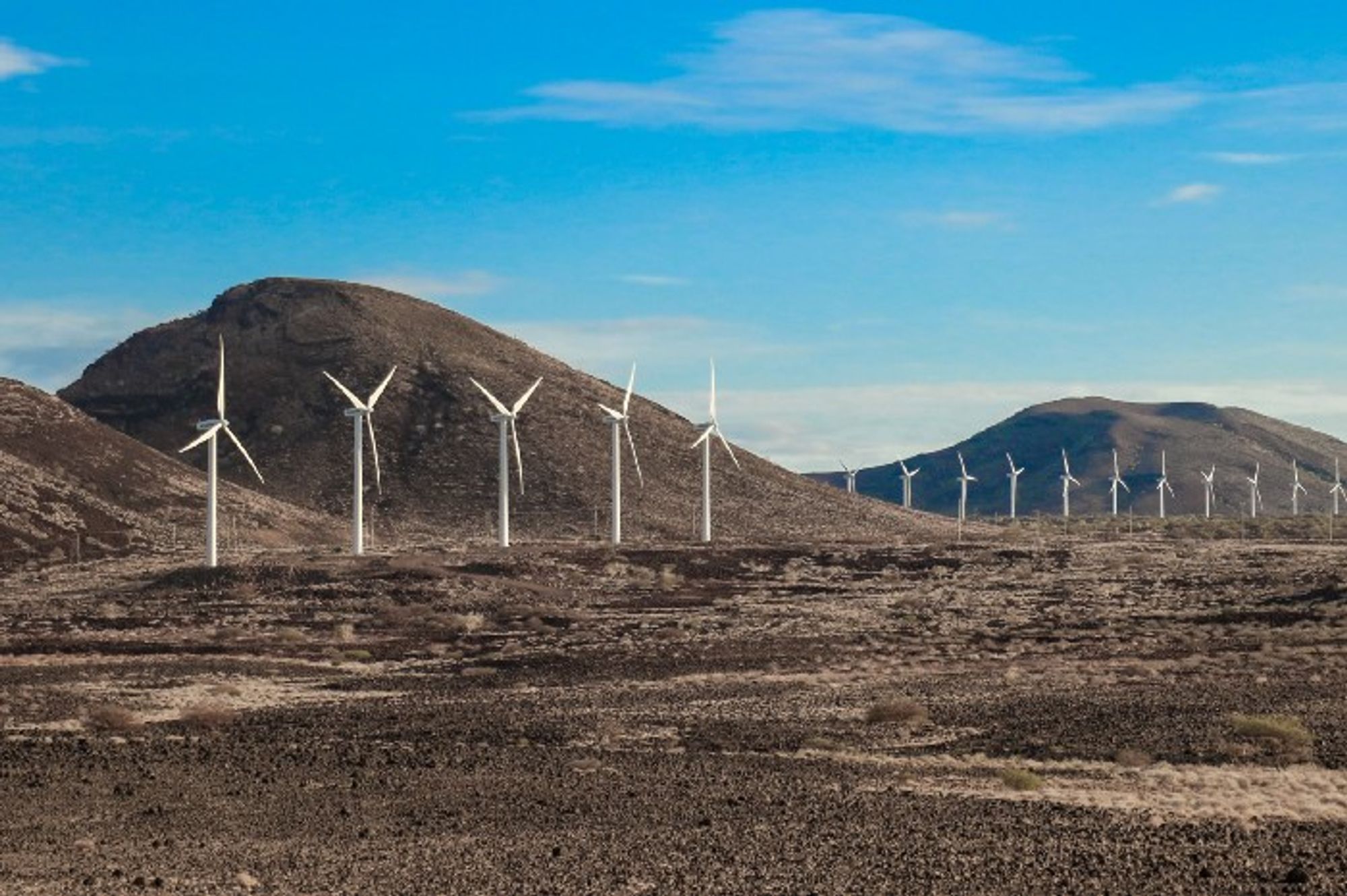
Wind turbines, Lake Turkana, Kenya. By Kariuki Chege via Unsplash

This article is based on a research paper by Post Growth Fellow, Dr. Cle-Anne Gabriel.
The ‘post growth’ agenda envisions a future where economies do not grow infinitely. Degrowth is one of many routes to get there — by reducing the use of finite natural resources and addressing the social inequity that is inherent to the quest for endless economic growth.
Much of the post growth and degrowth discourse comes from the Global North, often with little regard to existing approaches in the Global South and its context specific challenges. The Global South is in fact home to a range of business model alternatives to economic growth, especially among smaller and medium-sized enterprises — many of which are democratically owned or grassroots organizations. The region faces disproportionate ecological and societal challenges, and is therefore uniquely placed to lead the world in the transition away from growth-based success metrics.
While the transition to renewable energy will play a crucial role in the emergence of a post-growth future in the Global South, investors and development organizations from the Global North continue to impose growth-based key performance indicators (KPIs). This approach disregards the challenges of local contexts, and obfuscates alternative, “unconventional” ways of doing things. In their 2019 article, Performance Beyond Economic Growth: Alternatives from Growth-Averse Enterprises in the Global South, Cle-Anne Gabriel, Samira Nazar, Danfeng Zhu, and Jodyanne Kirkwood analyze examples of renewable energy enterprises (REEs) in the Global South that look beyond economic growth for key indicators of success.
How important is economic growth to enterprises in the Global South?
The authors interviewed the owners or managers of 30 REEs from 23 countries in the Global South — Barbados, Cambodia, Cameroon, Chile, Costa Rica, Ethiopia, Fiji, Ghana, Guatemala, India, Indonesia, Kenya, Lao PDR, Nigeria, Papua New Guinea, Philippines, Senegal, Somalia, South Africa, Tanzania, Thailand, Trinidad and Tobago, and Uganda — to find out how important economic KPIs are to them. In analyzing the responses, they found that economic growth is a lesser priority for REEs motivated by affecting societal change, and this was most pronounced among those operating in the Global South’s least “developed” countries. They suspect that “proximity to the challenges that degrowth aims to resolve has motivated Global South enterprises to deprioritize economic growth.”
The REEs who felt strongly about the societal impact of their businesses were also the most averse to defining their success by economic growth metrics. Interestingly, among the REEs whose aim is to “do good” or “balance social and environmental sustainability” there were nuanced definitions and experiences of business growth. Some, for example, prioritize the best possible outcomes for the most possible people — in other words facilitating the growth of wellbeing.
Alternative performance indicators
These REEs called for financial KPIs that take into account unique, locally specific attributes and needs, and provided a total of 14 alternative financial KPIs that they use to measure their success. These insights can inform post-growth enterprises in the region — and beyond.
Sales and cash flow
1.Number of households served and/or receiving RET products 2. Growth in renewable energy technology (RET) Household Volume 3. Number of RET projects in portfolio 4. Growth in RET projects in portfolio 5. Rate at which increasingly poorer households are served and/or receiving RET products 6. Ratio of sales revenue to grants/ seed funding revenue
These KPIs could result in solidary communities of value creation, motivate grassroots sales, boost cash flow to increase impact, and encourage economies based on distribution rather than accumulation.
Profitability
7. Ratio of successful to failed RET products and/or projects in portfolio 8. Ratio of high-value RET products and/or projects to low-value RET products and/or projects in portfolio (if IDO-funded) 9. Proportion of cost of RET goods sold borne by the enterprise itself (also indicator of independence from IDO funding)
Such KPIs encourage and reward democratic ownership and equity, and business models based on sufficiency rather than extraction and excess.
Business growth
10. Proportion of profits used to increase household volume, access to increasingly poorer households, and number of RET projects in portfolio 11. Increased household volume, number of RET projects, and social impact achieved through IDO grants and funding
These KPIs would limit company sizes based on sufficiency, and engender distribution-based economies.
Return on equity and investment
12. Returns to business from RET grant/seed funding received 13. Returns to IDO or other organization from RET grant/seed funding received 14. Ratio of equity to RET grants
Again, such KPIs encourage and reward democratic ownership and equity.
Wider implications for the degrowth and post growth agendas
The research offers two valuable insights for post-growth enterprises. Firstly, growth-averse enterprises in the Global South are “encouraged by the potential for short-term, almost immediate, social impact.” The focus is on practical, tangible, incremental social impact instead of distant and lofty goals — and this is an important takeaway for degrowth discourse. In other words, degrowth is a gradual, incremental process rather than a sweeping revolution. What’s more, as the authors note, “the findings suggest that if the social need is felt strongly enough, small enterprises are capable of stepping up to the plate and are potentially willing to sacrifice their own economic growth in pursuit of greater social equity and well-being ideals.”
Secondly, the transition to a post-growth world is happening, and will continue to happen, at a local level. Success can only be assessed by criteria specific to the local context. “For instance, this may mean that performance measures such as ‘sales level’ may be willingly superseded by number and income of households served; ‘growth’ may be interpreted as a gradual decline in the income of the households served over time; and ‘equity ratios’ or ‘leverage’ would reflect the currently prevailing means of attracting and acquiring investment in the Global South — that is, aid and development grants.” In addition to community participation and organization, the authors propose that enterprise performance metrics such as these are taken into account in degrowth activities. After all, the outcomes are as important as the processes.
Three things you can do right now:
- Find out more about Cle-Anne’s work by following her on LinkedIn, browsing her blog, and reading her book, Renewable Energy Enterprises in Emerging Markets: Strategic and Operational Challenges.
- Help promote this article by sharing these posts on Twitter, Facebook, and LinkedIn. Sign up here for email alerts when articles like this are shared on social media.
- Consider integrating sustainability KPIs in your own company. “I recommend looking at the way [clothing company] Houdini has integrated planetary boundaries and Doughnut Economics into its sustainability reporting. To my knowledge, they are the first in the world to do so, and are a great example for Global North companies to consider the ecological debts owed to the Global South in their supply chains,” says Cle-Anne.
Post Growth Fellow, Dr. Cle-Anne Gabriel, was born and raised on the islands of Trinidad and Tobago in the Caribbean. A mum, academic, author, speaker, and consultant, she is presently the University of Queensland Business School’s Director for the United Nations Principles for Responsible Management Education (UN PRME).

An award-winning educator, Cle-Anne is a specialist in sustainable development and higher education, and a Senior Fellow of the Higher Education Academy. Based in Australia, she researches in the areas of post-growth futures, renewable energy enterprise, and business models for sustainability.
Find out more about the Post Growth Institute on our website.